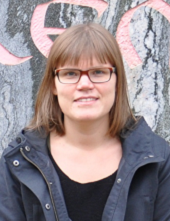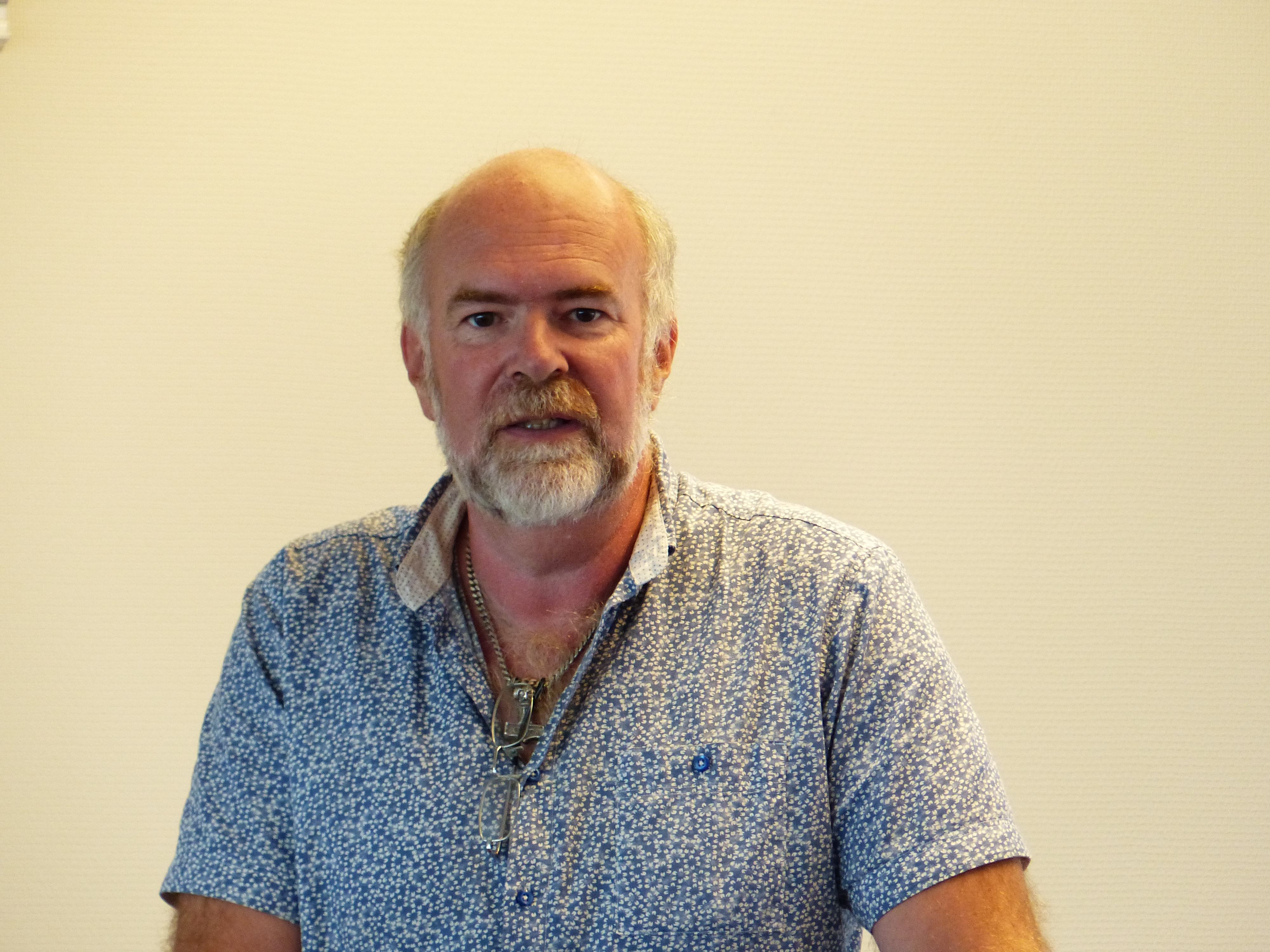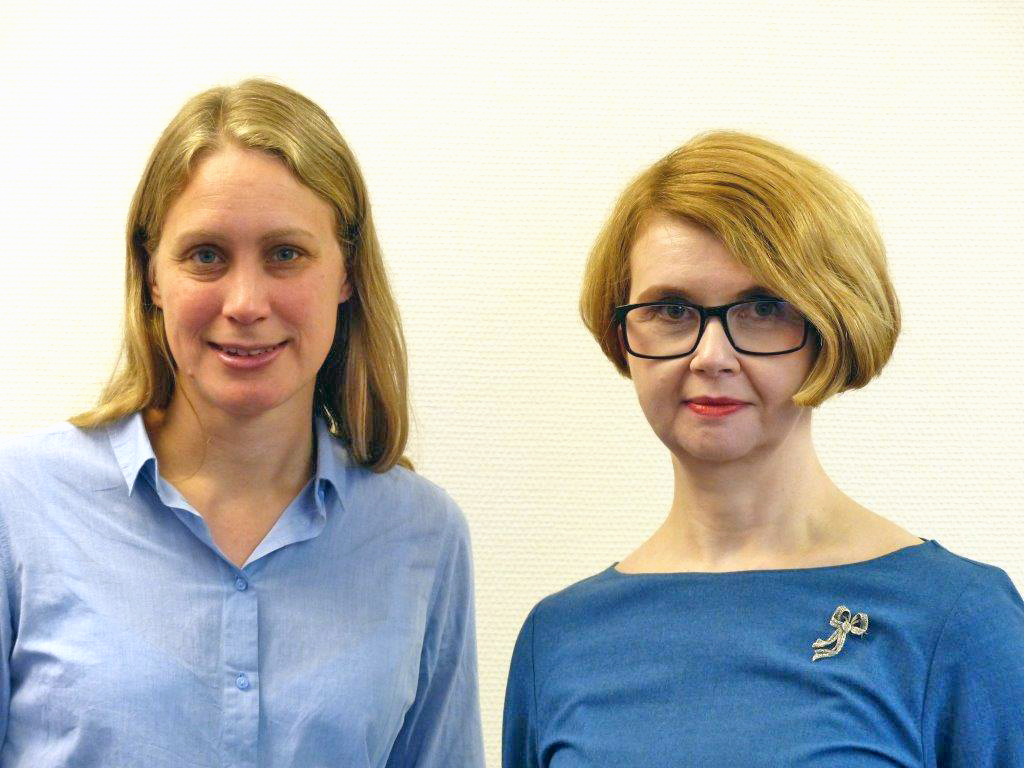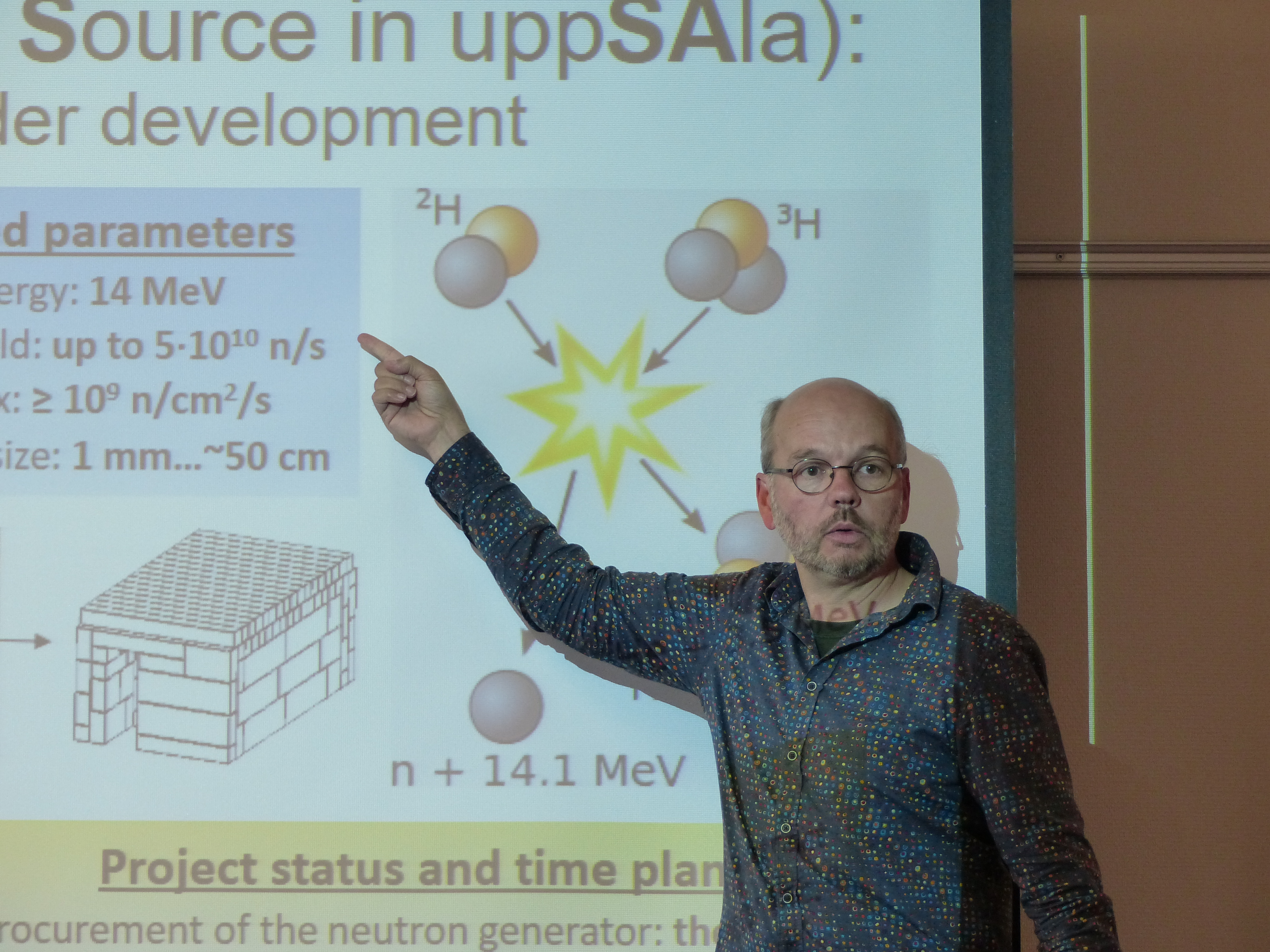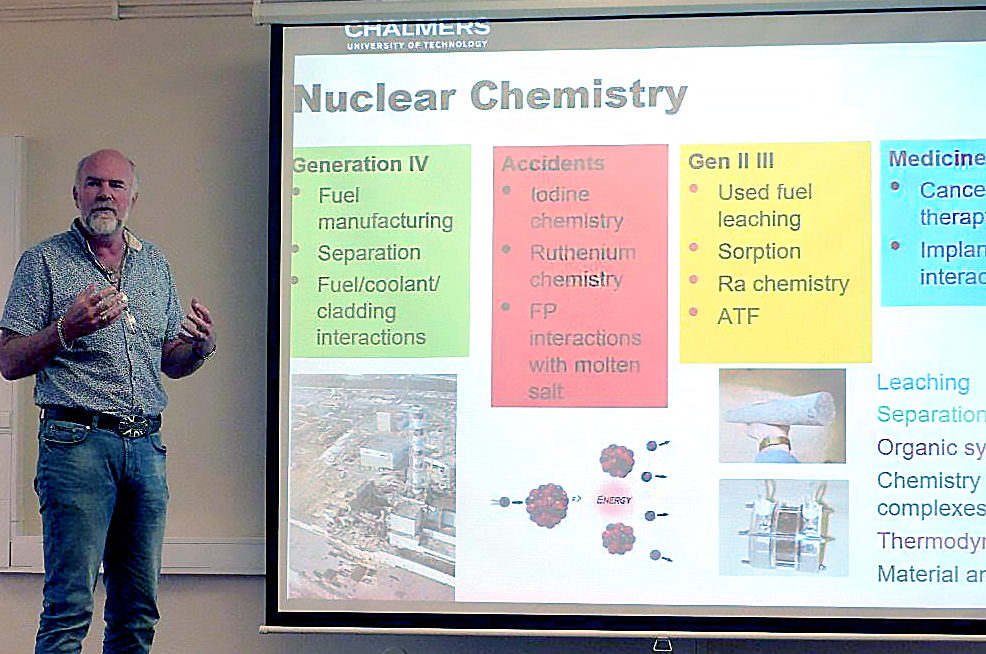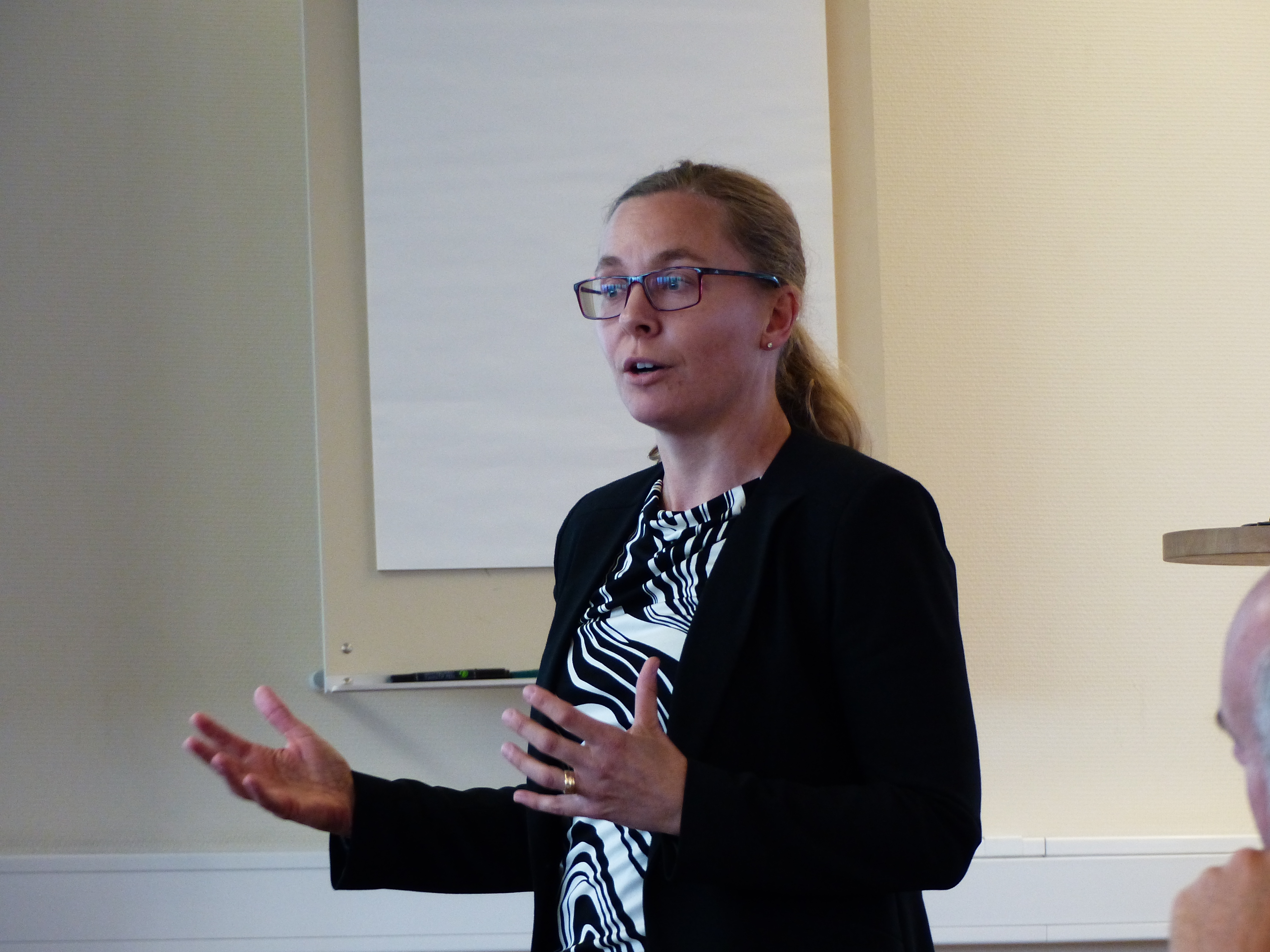Tomoko M Nakanishi is awarded honorary doctorate at Chalmers 2019. She is recognised for her interdisciplinary research on plant physiology, and developing pioneering new imaging methods. Tomoko M. Nakanishi is a professor at the Graduate School of Agricultural and Life Sciences, Laboratory of Radio-Plant Physiology, The University of Tokyo, Japan.
Tell us a little about your collaboration with Swedish scientists regarding radiation research.
Since there are superb scientists in nuclear physics, nuclear techniques, and chemistry in Chalmers University of Technology, I got so many important comments and suggestions from them on my studies, since I began to use neutron beams, about 20 years ago. And then, especially after the Fukushima nuclear accident, we challenged to perform collaborative research and education for radio-ecology.
What would you say is the biggest challenge where radiation studies might hold an answer right now?
Radiation is an indispensable tool and cannot be replaced with any other means. It opens new fields in studies and in industries. The field of application and the market size is steadily increasing in the society now but how to communicate or convince the preference and importance of radiation usage to the public people is the largest problem and it is the challenge for both researchers and the industry people. But we are gradually making progress though showing the marvelous research results using radiation.
You have been active in increasing the public knowledge in Japan about the impact and risks of radiation, not least in connection to the Fukushima-accident. Can you tell us about your experience from this work?
Many people are afraid of radiation because it is invisible. However, using radiation we could visualize images which we usually cannot see. For example, using a neutron beam, I could present water specific image of living plants, even the roots embedded in soil, too. When 137Cs is applied to water culture solution with soil, Cs is firmly adsorbed in soil and the plants cannot absorb 137Cs. To visualize the risk of plant contamination is an easy method to understand the situation and provides relief to the people. The water images of flowers are especially beautiful and give a strong impact and favorable impression of neutron beam usage to many people.
You have visited us a couple of times and also hosted Chalmers researchers. Could you share some thoughts about our radiation research? Where are we strong and where must we improve?
There are two points. One is the necessity of a long-range study for radioecology, and the other one is more utilization of radiation and radioisotopes is recommended, which will surely lead to innovation of the research. The former one means, one of the main targeted radionuclide, Cs-137, in radioecology has a very long half-life, 30 years. We should continue this study to understand the effect of a possible nuclear accident in future generations. The latter means, there are not so many well-developed studies, which make most of the radiation or radioisotopes. For example, in the biological field, fluorescent imaging is now overwhelming and many new findings are reported. But imaging under light conditions is not possible and numerical treatment of the image is very difficult in fluorescent imaging. So both fluorescent and radiation imaging should be developed further.
Will you visit Chalmers in a near future?
Of course, I will surely visit Chalmers again. But right now, since I got a new job as a president of another University in Tokyo from this spring, I cannot decide the date right now. But when I will know about the situation in my new office, I would like to visit Chalmers. In my capacity as a foreign member of IVA, I also plan to attend the Annual Gathering in October, especially that this year is the 100th anniversary of the foundation of IVA.
